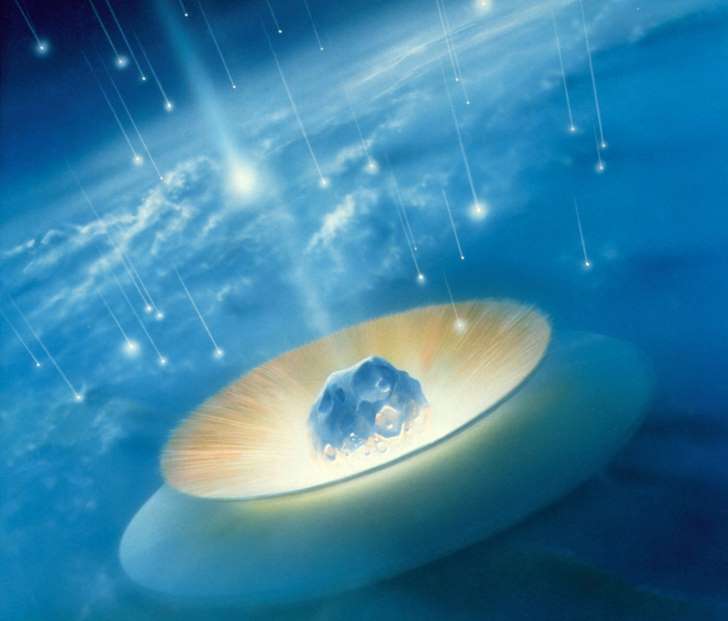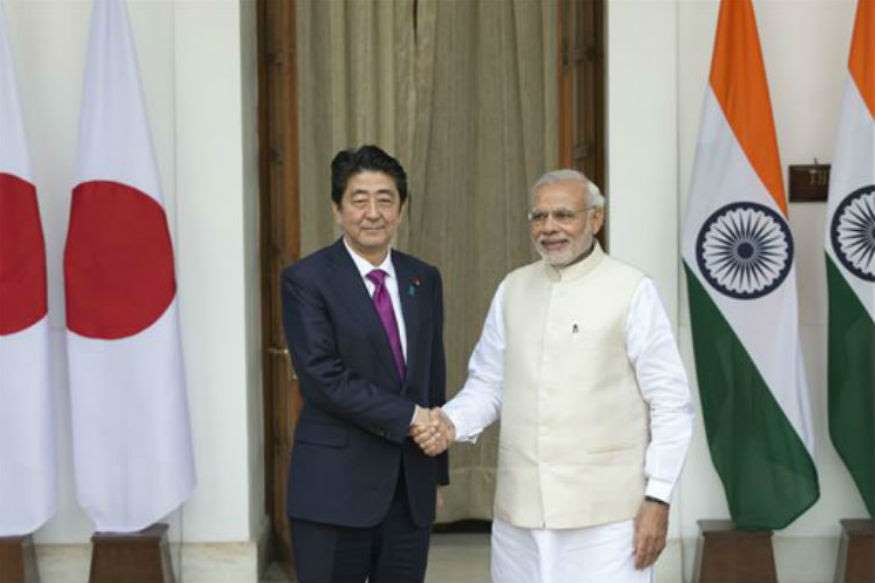October 2, 2015
New research suggests that the asteroid or comet that slammed into the Earth 66 million years ago rocked the planet so violently that it accelerated a massive volcanic eruption in India, a double catastrophe that wiped out the dinosaurs and 70 percent of the Earth's species.

October 2, 2015
New research suggests that the asteroid or comet that slammed into the Earth 66 million years ago rocked the planet so violently that it accelerated a massive volcanic eruption in India, a double catastrophe that wiped out the dinosaurs and 70 percent of the Earth's species.

The study, published Thursday in the journal Science, puts a twist on the consensus explanation of the mass extinction at the end of the Cretaceous period. Scientists have long been confident that a mountain-sized object crashed into the planet, leaving traces even today of a vast crater at the tip of Mexico's Yucatan peninsula.
They’ve also known that massive volcanism in India was happening around the same time, spreading lava across a huge region known as the Deccan Traps. The coincidence of those two events initially hinted at causality, but subsequent dating of the Deccan Traps formations indicated that the flood of basaltic lava began long before the cataclysmic impact.
With the new data, causality's once again in play. The asteroid or comet didn’t cause the initial eruption, but it could have intensified it, according to the paper.
The Chicxulub impact — named after a town in the Yucatan — created earthquakes of magnitude 11 in the vicinity of the crater, the authors say. Magnitude 9 earthquakes would have been felt around the planet, they say.
The seismic energy made the planet's crust more permeable. Molten rock deep in the interior began flowing through fractures. As that magma expanded, gasses in the solution began forming bubbles. As with a shaken soda bottle, the results were likely explosive.
“Once that’s initiated, it becomes a kind of runaway process,” said Paul Renne, a University of California, Berkeley geologist and lead author of the new paper.
His co-author Mark Richards, another Berkeley geologist, was lead author on a study published in April that said the Chicxulub impact, increased volcanic activity and mass extinction may have occurred “within less than about a hundred thousand years of each other.” The latest study reports new measurements that narrow that window to less than 50,000 years.
Major gaps remain in the data, but these events "could have been exactly at the same time,” Richards said. That would then suggest causality and not random coincidence: The object from space could have boosted the rate of lava flows.
The end-Cretaceous mass extinction has been the subject of rancorous debates in the scientific world. Until 1980, no one had a solid theory for what triggered the dinosaurs' die-off. Then the father-son team of Luis and Walter Alvarez reported anomalous amounts of iridium in a clay layer right at the geological boundary between the Cretaceous and what is now called the Paleogene period. Iridium is rare on Earth but common in extraterrestrial objects. They hypothesized a giant impact, and the discovery of the crater remnants a decade later seemed to close the case.
But the volcanism camp persisted. They pointed out the extreme levels of volcanism at the same time as the impact. Was all that lava irrelevant?
Gerta Keller, a Princeton geologist who has long championed the idea that the volcanism, and not the Chicxulub impact, led to the mass extinctions, said in an email that “there is still the big problem of demonstrating that this impact could have triggered the intense eruptions that led to the mass extinction.”
The new research could point to an eventual reconciliation of the two views, Renne and Richards believe. Both camps could both be right to some degree. First came the blow from space, which incited the blow from the Earth’s molten interior.
“Maybe it’s a paradigm-uniting theory,” Richards said.
Courtesy: Washington Post















































































































